Clinical Corner
QIs oral minoxidil therapy more effective than topical minoxidil for patients with androgenic alopecia?
Medically reviewed on 12.01.24 by Mark Lebwohl, MD
The International Journal of Dermatology recently published a meta-analysis which included four randomized controlled trials reporting data on 279 patients, and it turns out that they are both equally effective. The trials ranged from 24 to 39 weeks.
I generally will only use oral minoxidil in patients who have already tried topical minoxidil and couldn’t tolerate it. For instance, some patients find it too irritating on their scalp or that it gives them a contact dermatitis. Topical minoxidil can either come as a foam or solution. Be aware that minoxidil solution does contain propylene glycol whereas the foam does not. In my experience, my patients find the foam to be less irritating than the solution, but some of your patients with longer hair may prefer the liquid solution and find it easier to apply directly to their scalp tissue.
A 12-month observational study in the JAAD followed 984 male patients with AGA (androgenic alopecia) who applied topical 5% minoxidil solution twice daily to affected areas of their scalp and results showed a clear benefit. Physicians reported that the affected area of hair loss became smaller in 62% of patients, was unchanged in 35.1%, and had become larger in only 2.9% of subjects.
Minoxidil is a hair loss treatment thought to increase blood circulation in the scalp which can then help improve nutrient and oxygen delivery to the hair follicles. I recommend the 5% concentration to both my male and female patients and encourage them to apply it BID. The JAAD published a 48-week RCT of 393 men showing that those using 5% minoxidil had 45% more hair regrowth than those in the 2% minoxidil group. Efficacy was evaluated by scalp target area hair counts and patient and investigator assessments of change in scalp coverage and benefit of treatment.
In the IJD meta-analysis of topical vs oral minoxidil mentioned above, incidence of hypertrichosis was statistically significantly higher in the oral minoxidil group when compared to the topical minoxidil group. However, it was reassuring to find that there was no statistically significant difference between groups for the incidence of hypotension. Although I still warn any patients going on oral minoxidil they could experience low blood pressure, high heart rate, or leg edema as a potential side effect of the medication. As long as there are no medical contraindications, I will consider starting patients who can’t tolerate topical minoxidil on oral minoxidil 1.25mg per a day and see them back 6 months later. If not much improvement and no significant side effects, I then bump them up to 2.5mg/day and see them back 6 months after that for re-evaluation. Sometimes I combine this therapy with oral finasteride or dutasteride as well for AGA in men and post-menopausal women.
I also warn patients going on both topical and oral minoxidil that they may experience some temporary worsening of their hair shedding the first few weeks of treatment as hairs in the telogen phase are released, but this should resolve after a month or two of treatment.
References:
- Sampaio Sobral MV, Baima del Melo C. Efficacy and safety of oral minoxidil versus topical solution in androgenetic alopecia: a meta-analysis of randomized clinical trials. International Journal of Dermatology. 2024 Oct. https://doi.org/10.1111/ijd.17524
- Elise A Olsen et al. A randomized clinical trial of 5% topical minoxidil versus 2% topical minoxidil and placebo in the treatment of androgenetic alopecia in men. J Am Acad Dermatol. 2002 Sep.
- Rundegren J. A one-year observational study with minoxidil 5% solution in Germany: results of independent efficacy evaluation by physicians and patients.



